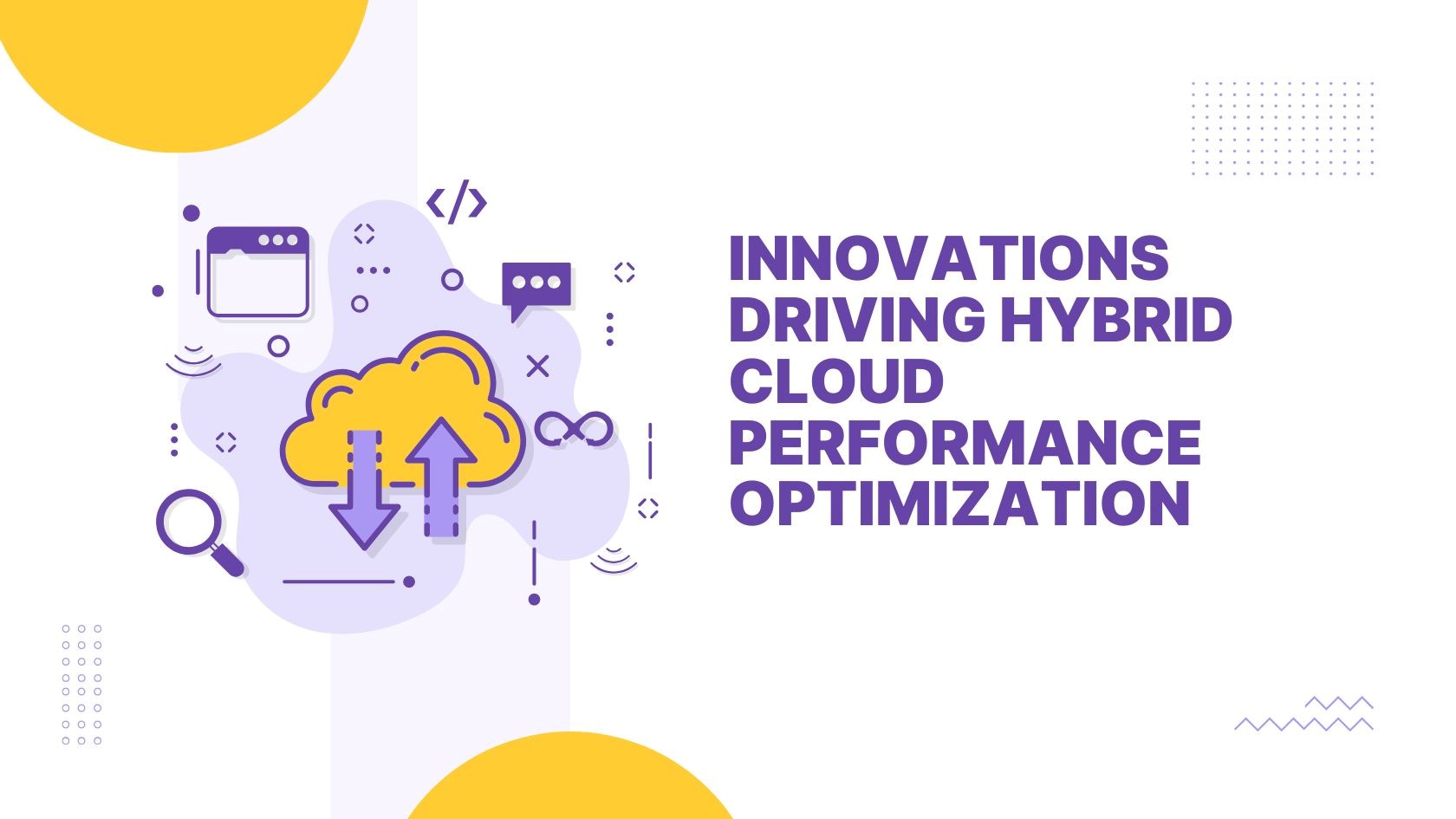Innovations Driving Hybrid Cloud Performance Optimization
In this digitally driven world, hybrid cloud architectures have become a cornerstone for organizations striving to balance the flexibility of public cloud services with the control offered by private infrastructure. Anshul Sharma explores innovative approaches to optimizing performance in hybrid cloud environments, focusing on tackling unique challenges such as workload distribution, latency reduction, and resource management. The insights provide a valuable framework for enhancing system efficiency across diverse infrastructures.
Addressing the Complexities of Hybrid Environments
The primary challenge in hybrid cloud performance engineering stems from managing the complexities of diverse environments. These architectures often involve a mix of hardware configurations, virtualization technologies, and management tools, which can lead to inconsistencies in performance metrics. The dynamic nature of cloud resources further complicates optimization, with variables like resource contention and provider-specific limitations affecting performance. Successfully navigating these complexities requires an in-depth understanding of both cloud and on-premises technologies, alongside strategic planning to ensure seamless integration.
Strategies for Optimizing Workload Distribution
Effective workload distribution is crucial in maximizing the benefits of hybrid cloud setups. Strategies for workload placement should account for factors such as data locality and resource requirements. Utilizing AI and machine learning to analyze historical performance data enables more intelligent workload management, ensuring dynamic allocation of resources based on real-time demands. These adaptive techniques help maintain a balance between performance and cost-efficiency, which is essential in optimizing hybrid architectures.
Reducing Latency through Network Optimization
Latency is a critical concern in hybrid environments due to the physical distance between on-premises infrastructure and cloud services. Techniques like data caching, content delivery networks (CDNs), and private direct connections can significantly minimize latency, providing smoother operations. For time-sensitive applications, integrating edge computing allows processing to occur closer to the data source, thereby reducing delays. These network optimization strategies play a pivotal role in maintaining an efficient and responsive system, particularly during high-traffic periods.
Dynamic Resource Management and Autoscaling
Managing resources efficiently in hybrid clouds requires dynamic allocation and intelligent autoscaling policies that account for fluctuating demand. By implementing systems capable of adjusting resource allocation in real-time, organizations can ensure that applications perform consistently without over-provisioning. Such approaches improve cost-effectiveness by utilizing resources more efficiently and reducing operational expenses. Moreover, comprehensive resource monitoring helps identify and eliminate inefficiencies, further enhancing overall system performance.
Embracing Monitoring and Observability for Better Insights
In hybrid cloud environments, robust monitoring and observability practices are essential for maintaining optimal performance. Tools that offer unified visibility across cloud and on-premises resources can provide valuable insights into system behavior, enabling the identification of potential performance bottlenecks. Techniques such as distributed tracing and log aggregation allow for a deeper understanding of system interactions, while performance profiling supports proactive issue resolution. These practices ensure that organizations can maintain consistent service quality across complex infrastructures.
Balancing Security and Performance
Hybrid cloud architectures present unique challenges in balancing security measures with performance goals. Implementing robust security controls, such as encryption and access management, is crucial but can introduce performance overhead. To address this, strategies like hardware-based encryption and secure enclaves can help minimize the impact of security measures on system efficiency. By adopting security-by-design principles, organizations can achieve a seamless integration of security and performance requirements, enhancing both protection and operational efficiency.
Emerging Trends Shaping the Future of Hybrid Cloud Optimization
Looking forward, several trends are poised to shape the evolution of hybrid cloud performance engineering. The rise of serverless computing, for example, offers the promise of simplified resource management, though it introduces new challenges in monitoring. Similarly, the integration of edge computing and 5G networks will drive demand for ultra-low latency solutions, enabling new use cases that require distributed architectures. Additionally, the increasing adoption; of AI and machine learning for predictive performance management will revolutionize how organizations optimize workload placement and detect performance anomalies.
In conclusion, Anshul Sharma‘s exploration of hybrid cloud performance optimization highlights the importance of addressing the intricacies of balancing on-premises and cloud resources. By leveraging strategies like intelligent workload distribution, network optimization, and comprehensive monitoring, organizations can unlock the full potential of their hybrid cloud setups. As the landscape continues to evolve, embracing emerging trends such as AI-driven optimization and edge computing will be key to maintaining competitive performance in complex, distributed environments.
